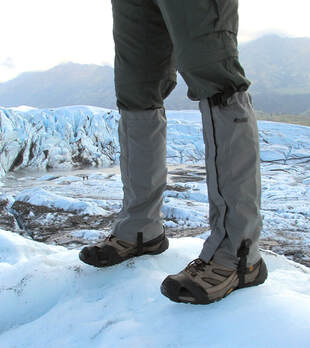A boot with a much sturdier sole, designed for tougher conditions, are a must, especially if you’ll be wearing crampons or snowshoes. The correct sock choice is also paramount. Merino wool is a good choice as it is supremely warm. Silk sock liners will provide much-needed extra warmth without bulk. Make sure you have sufficient room in your boots to move your toes around. Sunglasses with UV400 protection or goggles are essential for winter walking as snow glare can be seriously hazardous. Equally important is lip balm to protect your lips. Timing is everything. Sunlight hours are limited in winter, so make use of the available daylight. Be realistic about what you can achieve in a day as ice and snow can make trails much trickier. A realistic target is 2 to 2.5 miles an hour. At least 48 hours in advance of your hike, check the weather forecast, and keep checking regularly for updates. Knowing the predicted conditions before you set out will help you adequately prepare. Never be afraid to cut your day short or even cancel if conditions are worsening. You can always reschedule when Old Man Winter calms down! Take sufficient food and gear. Always pack more water and food than you think you’ll need so you have enough for emergency rations. Boil in the bag food is ideal, as is soup and hot chocolate to keep you warm. You will also need something to cook on, fuel for the stove, headlamp, hand / feet warmers, first aid kit, multi-tool, a compass, and map of the area. Be prepared to spend the night even if you’re intention is only a day hike. Communication is key. Always let someone know where you are going and when you expect to return. This is true whatever time of year you choose to hike, but is even more important in winter since weather can change suddenly. Ensure your cell phone is fully charged and you are able to make calls. Make sure you know how to contact mountain rescue and that you have the means to attract attention if you need to be found. Be prepared this winter!Comments are closed.
|
RAZER GAITERS

 RSS Feed
RSS Feed
